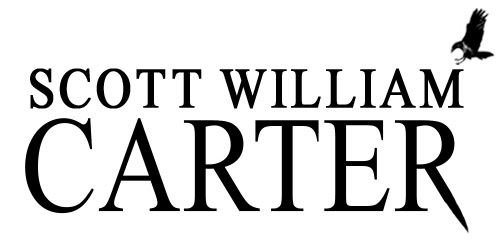Via Digital Bookworld, Pew Research finds that E-Reading Is Still On the Rise:
More Americans own a dedicated e-reading device like a Kindle Paperwhite or Kobo Aura HD than ever before, according to new data from the Pew Internet & American Life project.
This despite flat sales growth for e-reader sales in the U.S. overall as more Americans opt for cheap, multipurpose devices like tablet computers instead.
At the same time, the proportion of Americans who have read an e-book last year has increased to 28% from 23% a year ago.
Some nifty charts there, so well worth taking a look. Most readers are apparently like me, not dedicated to one way of reading, but jumping from printed books to ebooks to audio books depending on the needs of the moment.
Library Journal apparently has a fuller take on the Pew poll.
